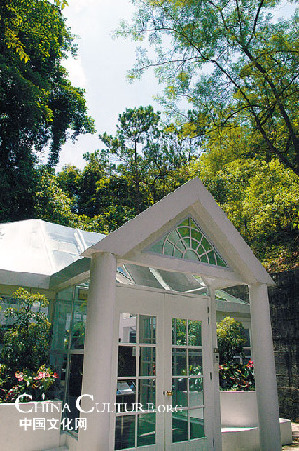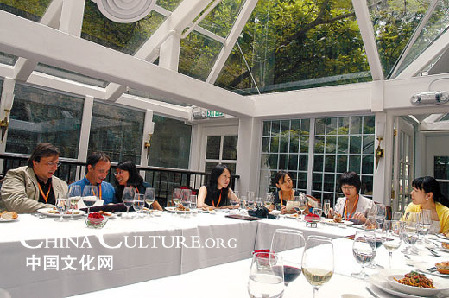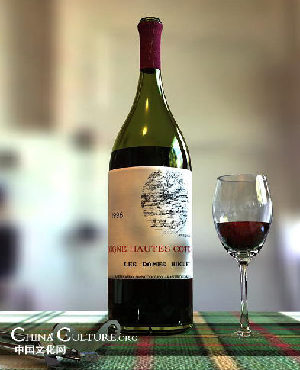Chinese Way
Uncorking history
Updated: 2008-11-11 09:48
By Zhao Xu (chinaculture.org)
There are only two reasons that you might know about Hong Kong's Crown Wine Cellars - either you are a history buff or a wine lover.
Tucked in the dense foliage of Shouson Hill on Hong Kong Island, on one side of Deep Water Bay Drive, the place is as unheralded today as it was intended to be when it was created. But if you listen to Gregory De'eb, co-founder of the wine cellar, this piece of land is where "all the energy of the island is focused".
|
|
Seven decades ago, what is today Asia's most advanced wine cellar facility was the site of a secret arms and ammunition depot. Comprising 12 pairs of underground bunkers, a depot headquarter and a sentry box, the site was used by the British to store guns and grenades for the defense of Hong Kong. Construction was believed to have started in 1937.
That was the eve of World War II. And according to De'eb, the British military chose the site to keep it a secret.
"There were many Japanese spies in the local communities before the Japanese invasion, and they were very effective from a military point of view," he says. "If the British wanted the location of their ammunition depot to remain a secret, it had to be built in the middle of nowhere".
|
|
The local fishing village of Aberdeen is located about 5 km away and is known as "Little Hong Kong" in Cantonese. The British used this version as a "code name" to refer to the military site and thus confuse those spying for the Japanese.
"The Japanese had no clue where 'Little Hong Kong' was. It was, of course, where we are standing right now," says De'eb, during a recent interview at the cellar.
Today, what is best known about the site is that it was the last place to surrender during the Battle of Hong Kong, which lasted 18 days and ended with the British colony being taken by the Japanese army.
Hong Kong officially surrendered on December 25, 1941. But on December 27, the Japanese commander was alerted that Little Hong Kong was still under the control of the British. "They (the Japanese) had two choices: They could attack and stand the chance of losing more soldiers. Or, they could negotiate," says De'eb.
To negotiate appeared to be the right choice, according to Tony Banham, one of the historians whose help De'eb enlisted during the site's renovation in 2002.
"The bunkers were almost impervious to attack, and would have contained sufficient food, water and ammunition for the defenders," he writes in an email interview. "Once locked inside, there was relatively little the Japanese could do to dislodge them."
|
|
Captain Suzuki, who was sent by the Japanese commander to negotiate the surrender, finally made the decision upon being informed that Major Dewar, the British commander, had wired up all the 24 bunkers to a central detonator.
"He (Major Dewar) was basically saying: Attack if you want to and we will all die," says De'eb. "The Japanese captain was very impressed by his British counterpart's willingness to defend the site at all costs and therefore agreed to an honorable surrender."
The surrender finally took place later in the day. And thus Little Hong Kong lasted two days longer than "Big" Hong Kong.
Here comes De'eb's "energy theory". "This place has fantastic fengshui," says the man, referring to a typical Chinese concept. "No one died here - the British and the Japanese came very close but they didn't collide."
After the war, the British military ceased its use of the site in the 1970s, and transferred control to the Hong Kong Police Driving School until the early 1980s. At least four pairs of the bunkers were destroyed in the mid-1980s as a result of the development of two residential apartments.
Specials

President Hu visits the US
President Hu Jintao is on a state visit to the US from Jan 18 to 21.

Ancient life
The discovery of the fossile of a female pterosaur nicknamed as Mrs T and her un-laid egg are shedding new light on ancient mysteries.

Economic Figures
China's GDP growth jumped 10.3 percent year-on-year in 2010, boosted by a faster-than-expected 9.8 percent expansion in the fourth quarter.


